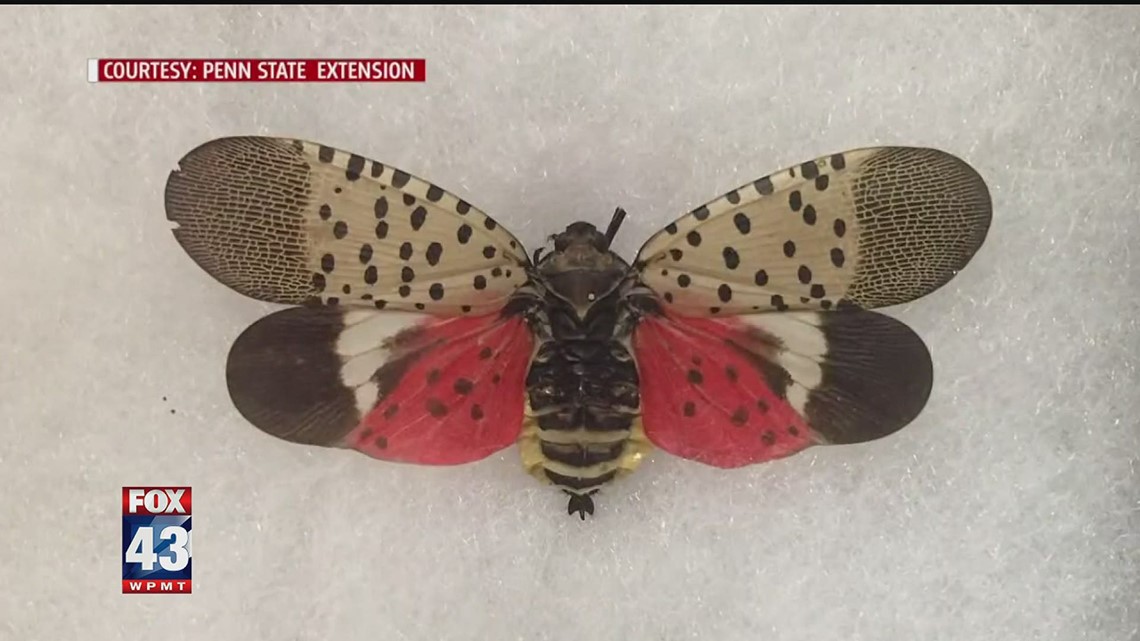
- SPOTTED LANTERN FLY CIRCLE TRAP HOW TO
- SPOTTED LANTERN FLY CIRCLE TRAP PATCH
- SPOTTED LANTERN FLY CIRCLE TRAP PROFESSIONAL
You know what we really need? We need a good old bug trap. We have been encouraged to stop on them to help slow the spread– really old tech. But it’s also very hungry and a threat to many important agricultural crops.
SPOTTED LANTERN FLY CIRCLE TRAP PATCH
The adults are about an inch long with a striking spotted pattern on the forewing and a bright patch of red on the hindwing. We have talked about the efforts to halt the spread of the invasive spotted lanternfly, remember? It was accidentally introduced in Pennsylvania in 2014.
SPOTTED LANTERN FLY CIRCLE TRAP PROFESSIONAL
Teachers interested in adding lanternfly design challenges to their classroom can enroll in professional development workshops through Rutgers University Center for Mathematics, Science, and Computer Education.Want to join the battle against the invasive lanternfly? Learn to identify and scrape egg cases, control their population by controlling their favorite food source, the Tree of Heaven, or build your own circle trap.


Credit: David Shernoff Students test out their lanternfly trap design in a local tree.

Students at Branchburg Middle School present their lanternfly trap design. Brielle Kociolek, the iSTEM coordinator at the Rutgers University Center for Mathematics, Science, and Computer Education in Piscataway, New Jersey, joins Ira to talk about the program, and share some of the students’ innovations. They’re then introduced to design principles and materials that they can use to prototype, build, and test traps. The students are given basic information about the spotted lanternfly, its life stages, preferred foods and habitat, and its behavior. Now, STEM educators at Rutgers University are using that design as the starting point for an engineering design challenge, asking K-12 teachers and students to come up with improvements to the design. Experts at the Penn State Extension have come up with a new style of circle trap for lanternflies, based upon an existing trap for pecan weevils. One, involving a sticky band looped around a tree, is effective-but can also snare other insects and even birds. However, researchers have been developing trapping techniques for the bugs as well. Many control efforts have focused on either stomping the insects on sight, or on spotting and destroying the egg masses that the lanternflies lay in the fall. But they are also very hungry, and pose a significant threat to agricultural crops, including grapevines. The bug is pretty-adult spotted lanternflies are about an inch long, and feature striking spotted forewings and a flashy red patch on the hindwings. Since then, it has spread aggressively, and has now been spotted in 11 states. The spotted lanternfly, an invasive species, was first introduced to the U.S.
SPOTTED LANTERN FLY CIRCLE TRAP HOW TO
For additional resources from the NJDOA about the invasive bug and how to help control the spread, visit the NJDOA's Homeowner Resources.Students at Branchburgh Middle School begin the lanternfly trap challenge. You can also learn how to make your own spotted lanternfly circle trap with Penn State Extension.įor more information about the spotted lanternfly, visit the Rutgers New Jersey Agricultural Experiment Station's website. The Middletown Health Department also encourages residents to utilize the NJDOA's checklist for spotted lanternfly quarantine areas, in an effort to stop the spread. The NJDOA is urging anyone who comes across the insect to report and destroy it immediately to help slow the spread. While spotted lanternflies do not directly hurt humans or animals, they can negatively impact our agriculture, economy, and everyday life.Īccording to the New Jersey Department of Agriculture (NJDOA), Monmouth County is in the "spotted lanternfly quarantine zone". Most spotted lanternflies reach adulthood by September and lay eggs through December. It excretes honeydew while feeding, which results in mold covering the plant and anything nearby. The spotted lanternfly is a serious invasive pest that feeds on sap from over 70 different plant species.


 0 kommentar(er)
0 kommentar(er)
